A year ago, I found myself in a very similar place. Proud of a handful of races and running efforts in 2020. Proud of my consistency in training and of the ability of running to continue bringing a smile to my face. Frustrated about a few mistakes that I could’ve done better in a few races and in training. Excited for the upcoming year with limitless possibilities. My race calendar is not yet set, but I am one click away from registering for my next race on ultrasignup.com. On one hand, I have a ton of different races and routes that I want to run. On the other hand, I know that I can’t do them all. Or can I?
The biggest issue I see in athletes is overreaching with too many races on their calendar or failing to plan their training around their biggest races.
Year after year, every athlete should continue to evaluate themselves and set goals. The fall and winter is a critical planning period for evaluating past goals and creating future goals. This is the ideal time to set your schedule. First, I’ll walk you through reviewing your past goals before looking towards the future.
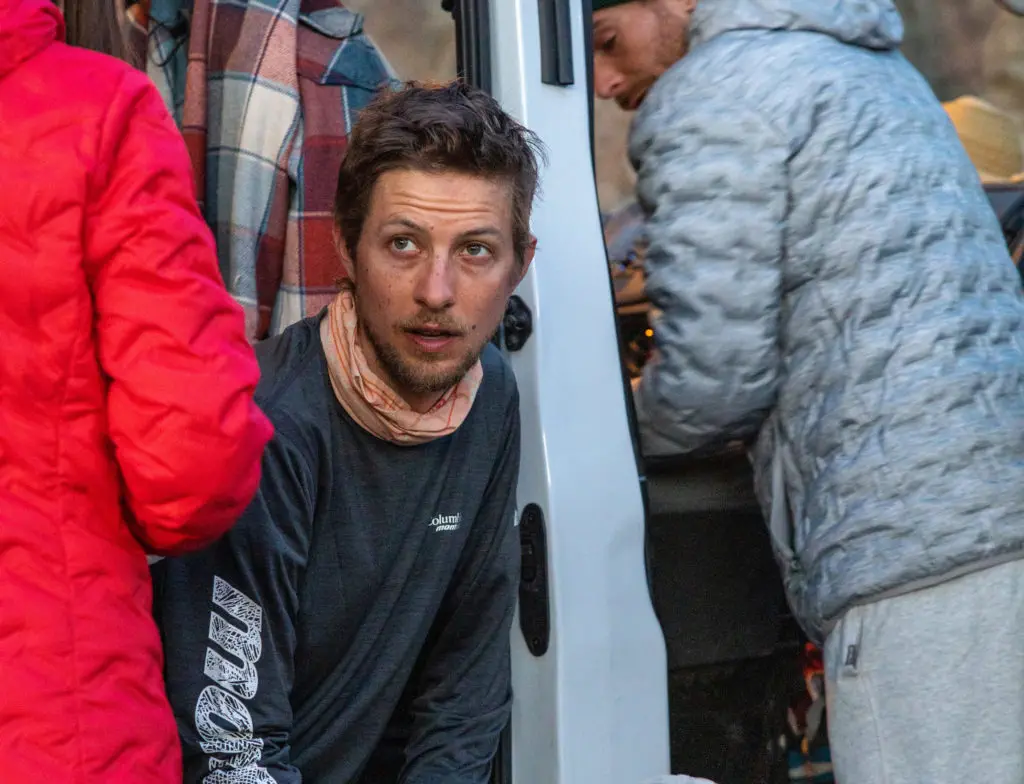
Evaluating Your Old Running Goals
I dusted off my old goal sheet for 2021. Here is what I had in mind in November 2020:
Outcome goals
- Set the Arizona Trail FKT
- Set a PR on a fast flat 100 miler
- Race a few local, Pacific Northwest ultramarathons as B or C goal races
Process goals
- Complete one to two workouts a week while in training
- Get in quality training while guiding backpacking trips
- Have fun during the summer. It’s a hectic schedule but I should always have a smile on my face!
I challenge all athletes to set both process and outcome goals. Did you have goals last year?
The outcome goals are easy. What do I want to achieve as a runner this year? The process goals aren’t quite as simple. How can I continue to love the process and execute it properly? What are the little things in running that are important to your success? Perhaps it is doing strength work, keeping easy runs easy, or taking a rest day when your body is asking for it. Try to make your process goals concrete.
So, how did I do with my goals?
For outcome goals, I set the Arizona Trail FKT, which is pretty cool. Check out the awesome daily vlog by Pilot Field. I finished in 13 days and 3 hours. Some snow (understatement of the year) on the North Rim of the Grand Canyon slowed me down but I got through it. I ran a flat, fast 100 miler at Javelina Jundred. My goal changed from a PR to a top two finish, securing me a Western States Golden Ticket. I came in fifth. Bummer, but I still ran well. As for my third goal, running races in the PNW, I only ran the Dark Divide 50k. It was an awesome race, but I’m disappointed that I didn’t do more races and be a bigger part of the ultrarunning community.
For process goals, I did a great job staying consistent with workouts. This was particularly important in the buildup to the Arizona Trail and Javelina. I was on and off injured in May, June, and July, so my workout quantity during this time is sparse. I managed to get in quality training while guiding backpacking trips. I ran at night with a headlamp for 4-12 mile runs on about 75% of nights. It rained almost every night in West Virginia, so I’m particularly proud of that. I would’ve had more fun in the summer, but my injury made the first half a wash. I did join a lot of local trail runs with a fun group that has been a highlight of my training.
When evaluating these goals, there are three that I consider more deeply.
- Did my goals bring me joy?
- Why did I achieve or fail to achieve my goals?
- How did my goals change over time? What went well and what went poorly in my training?
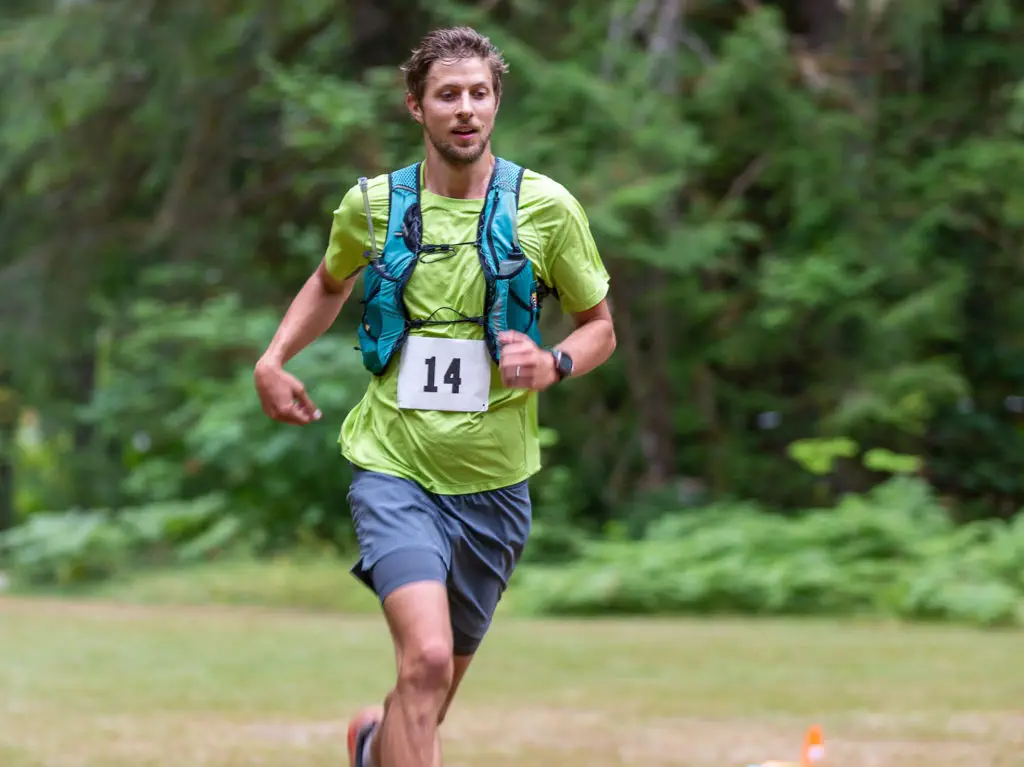
Evaluating the Process: Your Training
So, we’ve looked at our goals. So what? Analyzing your training process is just as important. We need to understand what makes us tick. When doing this for yourself, it is best to have a yearly view. I use my own Google sheet that I used with my running clients, but Strava does a decent job showing weekly running volume.
A good coach is able to consistently challenge different components of an athlete’s fitness for long-term development: cardiovascular efficiency, fatigue resistance in muscles, and VO2 max. In particular, this involves maintaining an appropriate training volume while focusing on quality workouts to improve one of the three outcomes listed above.

The above photos shows my weekly mileage and vertical gain. Additionally, it shows phases of my training. What stands out to me?
- Backpack guiding and injuries limited my training volume. I averaged about 80 miles per week and 10k feet of vertical gain per week in the lead-up to the AZT. In August, I regained consistency and ran 60-70 mile weeks in the lead up to Javelina Jundred. Those numbers are low.
- Injuries derailed my summer goals & training projection. Training was a wash from mid-April to mid-July.
- I had 5 weeks of training focused on speed work in 11 months. Yikes!
- Between 3 different rest periods, I took 7 weeks off of training in 11 months.
In summary, my fitness was optimized for the Arizona Trail but lacking for Javelina Jundred. Particularly, when planning my next training blocks I should focus on two different areas I’ve lacked: speed work and volume. To be more precise, my long-term development will be optimized if I spent 6-10 weeks focusing on speed work and a separate 10-16 weeks focusing on volume.
Setting a Running Calendar for 2022
Before we set our race calendar, we should first optimize training blocks. A few rules of thumb:
- A training block should last 12-20 weeks.
- Pick a fitness adaptation goal for your training block: endurance, fatigue resistance, or speed/power. Your workouts should be designed around this goal.
- Select ‘A’ goal race dates between weeks 10-20, when peak performances are typically realized.
- Select ‘B’ and ‘C’ goal races around your ‘A’ goal to build confidence, gain fitness, and refine race strategy.
- Schedule a rest period after your training block is done. I can’t stress how important rest is!
- Build out 3-4 training blocks at a time, even though plans can change after the first training block.
I strongly recommend scheduling your race calendar around your schedule rather than your training around your race calendar. To some extent, it is a chicken or the egg situation. Everyone is going to have that one race that their entire year is built around, including myself. However, I give this advice out of concern for the majority of runners who signs up for 3 races in a month or who, after one week of healthy running after an Achilles injury, agree to run a 50k with their friends on a whim. Too many runners are chasing their next race rather than thinking about their longevity or development in the sport they love.
Don’t get sucked into peer pressure, Instagram, and the whole works. Comparison is your worst enemy here.

Let’s use my training as an example again. Here is my process:
- Identify components of my fitness I need to improve (speed and volume).
- Create a list of races I’m interested in and put them on a calendar. Identify what races I’m interested in performing at.
- Create 12-20 week training blocks based on these goals, with a 1-2 rest period between training blocks.
- For each training block, identify goals and/or focuses of that training block based on your long term development and the long term goal.
Boom! In 20 minutes, I have a training outline for next year. Now, I have a plan and framework set in place that I can innovate and rework based on my needs. Next year, I’m going to do a short training block to prepare for Bandera 100k, a Golden Ticket race. My main focus is going to be on speed workout quality, and if I do well in the race that is a bonus. Then, I am going to have a 16 week training build up to Cocodona 250. I have a few summer races I’m interested in, but I’m not committed to any of them at the moment. Currently, I have an 18 week training buildup to prepare for a race in September. Depending on how my spring and summer go, I’ll stick with that plan, but I’ll likely alter it. At the very least, I won’t participate in all the races listed on my current training plan.
I have structure and flexability, the best of both worlds!
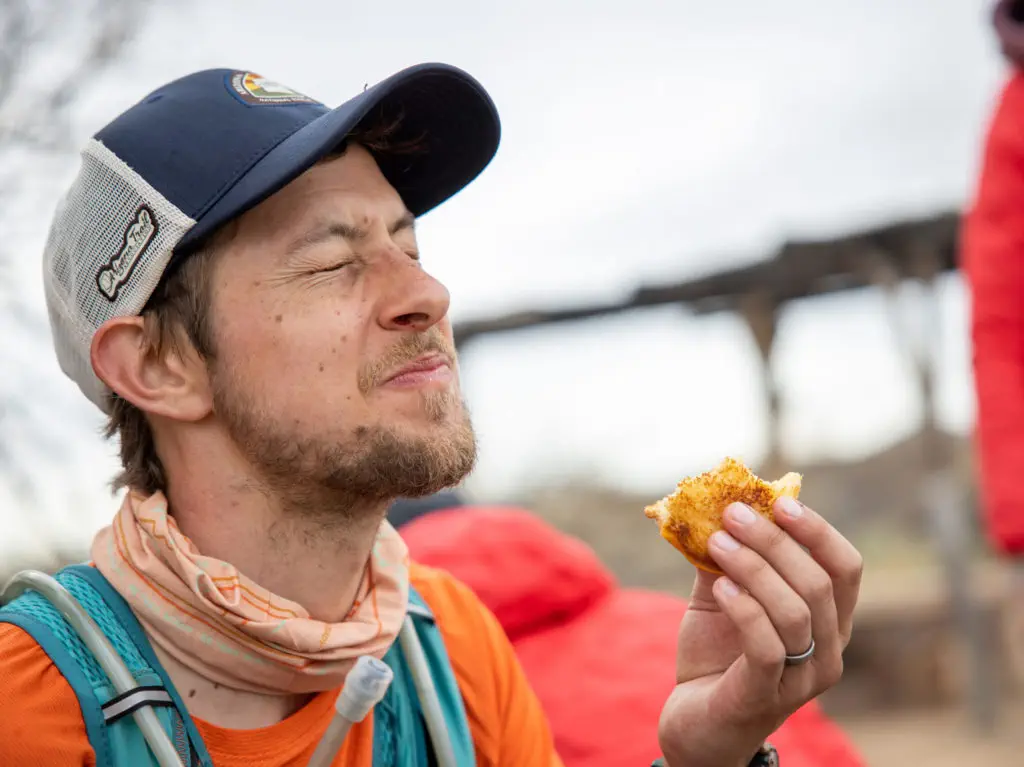
Work on Your Weaknesses
This is my final piece of advice on setting your training calendar. Playing to your strengths is a fast track to limiting your fitness. Mix up your training. Don’t expect to run the same pace on the same route year after year and see improvements. Our body’s respond to training stress by recovering and developing adaptations to be better prepared for next time.
For most ultra runners, this means including interval and speed work into the yearly calendar. It could also mean taking a 2-3 weeks entirely off from running like marathon champion Meb Keflezghi. It could mean adding in strength and mobility work. It could mean running less volume for parts of the year.
For athletes I work with, I highly recommend using the winter period to spend 6-10 weeks to focus on speed, as I am doing this year.
What are your running goals for 2022? How has this helped your planning for the next year?
This post contains affiliate links. I earn a small commission on sales via these links at no additional cost to you. If you'd like to support me, please purchase products through the affiliate links. Thanks!
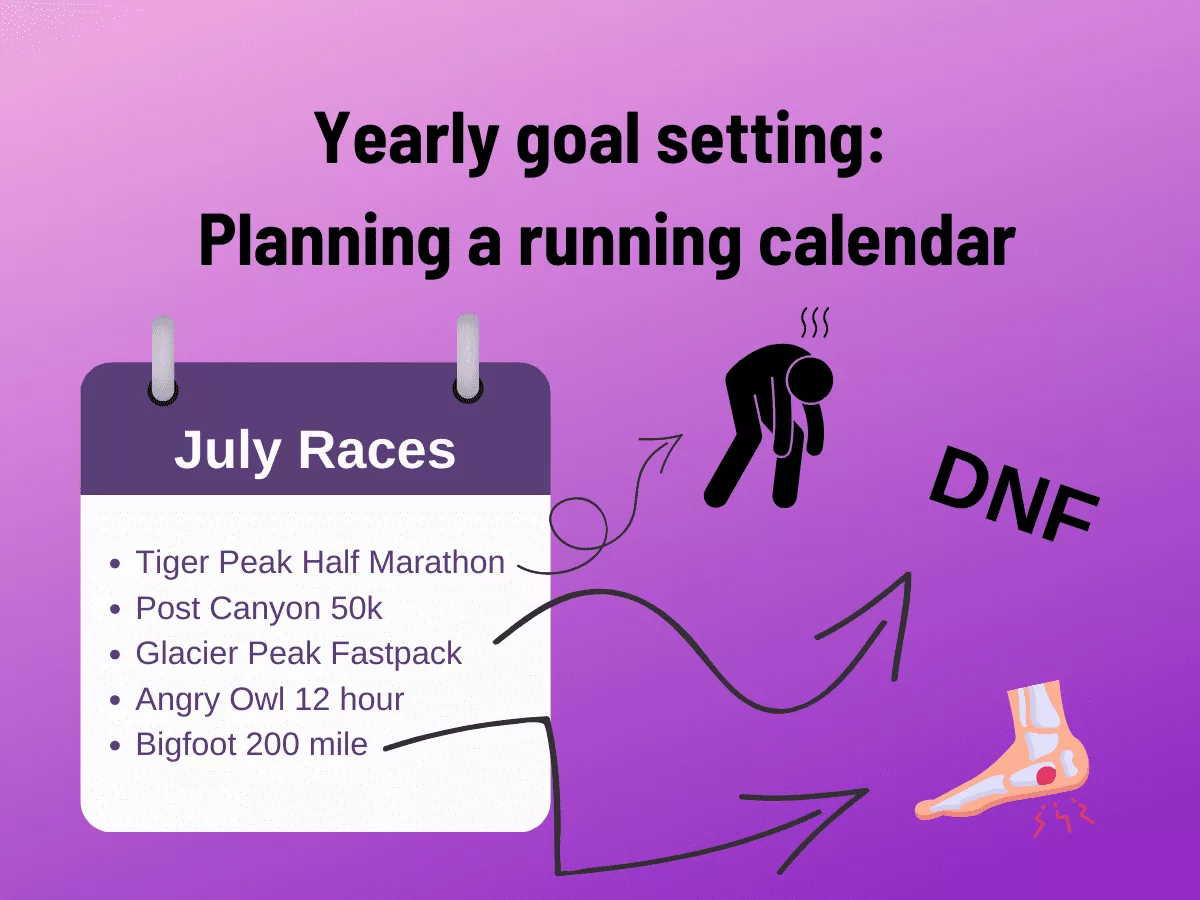

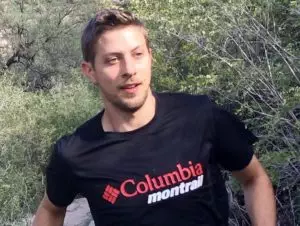
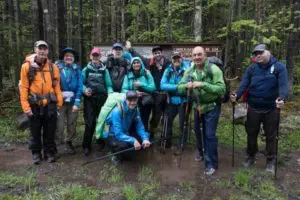
Great article as always! The idea of these three questions is really helpful and will be introduced to my planning for 2022 right now! 😀
What about your injuries? Can you tell, whether they have been from overuse and/or what you can and will do in future to avoid getting sidelined next year again?
Greetings from Austria!
Ja Wohl! Thanks for the comment, Tobi. I lived in Feldkirch (Vorarlberg) for a year in 2014-15.
My injuries are likely a combination of significant overuse from the AZT combined with improper mechanics. All of the tendon/ligament/muscle damage from the AZT subsided pretty well in the first 2-3 weeks, except for my achilles. Only recently (6 months later…) I saw a sports medicine doctor who immediately pinpointed an underfiring glute muscle as being the core problem, causing overpronation downstream, resulting in achilles pain.
For this next year, I am focusing on a lot more hip/core stabilization strength training, which would be useful to any runner.